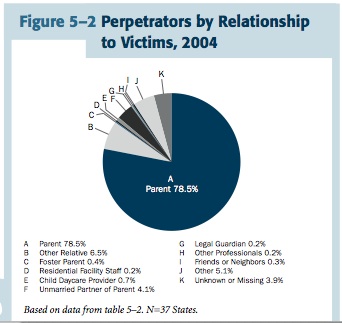“Hey you! Pizza face!”
I heard the words coming from somewhere in the hall and I knew immediately that they were directed at me.
It took only a moment before Frank had grabbed my shoulder and spun me around to face him.
“I need some money for cigarettes. Give me a buck.”
Frank was a few inches shorter than me; but he was two years older and was proud of the fact that he had the dark shadow of a mustache above his upper lip. His breath reeked of stale tobacco.
I looked down at the floor of the hallway, strewn with paper and trash. He tightened his grip on my shoulder and shook me hard.
His was face was contorted in anger,
“I said I want a dollar. Give me the money or I’ll beat the crap out of you. I’ll get you by the buses.”
I noticed a group of kids from my class standing a few feet away from us. They could hear every word.
As frightened as I was I had to save face. I calculated that there wasn’t too much Frank could do to me in the hallway. A teacher would hear the commotion and break up the fight quickly. It was what happened after school that really scared me. Frank would find the right time and place, and there would be no one to stop it. I would be at his mercy. It might be one or two punches and done, or a something more serious, more sadistic. There was no telling with Frank once he got his adrenaline going.
“I only have a dollar and I need it for lunch.” I replied as forcefully as I could; but the words seemed to leave my mouth like little puffs of air rather than a gale wind.
With that, Frank swung me into my locker with a crash. My books and papers flew into the air.
I twisted my shoulder out of his grip and pushed him across the hall into the crowd of students that were gawking at the two of us. I could hear the voice of one of the teachers hurrying to the scene.
“What’s going on! Break it up! Break it up!”
My legs were gone, my body was gone, all I could feel was a surreal energy; something between power and dread.
Frank’s look of surprise disappeared. He stood up to his full height and glared at me with real hate.
“You’re dead! he said. You’re really dead!.
He pointed his finger at me,
“If I don’t get you today, I’ll get you when you least expect it. When there ain’t no crowds around to stop it!”
I was as out of control and shouted at him,
“Get lost, ‘s***head!”
Of course, the teacher heard that and later that day I was brought to the Principal’s office and punished.
I didn’t take the bus home that day because I knew Frank would be waiting for me. It was a very long walk home. I stayed home from school the next day, faking a fever and stomach ache. I was terrified.
This story isn’t unique to me. Bullies have been a staple of public education for generations. In fact, a bully like Frank may be the easiest kind to deal with; after all, no one really liked him. Most people recognized him as a bully. The kind of physical bullying he did was frightening; but I never felt like it was an assault on my identity. I might have felt like a coward at some points; but who wouldn’t be afraid of a guy like Frank. No one else was standing up to him either. So, in some way I could forgive myself my cowardice.
But what goes under the radar and is much more pervasive is the shy little girl that is harassed by her classmates. For some intangible reason her classmates have focused their darker sides on her. She is unpopular so it’s okay to insult her in any way. The insults are personal. They don’t come from a jerk like Frank; but from all the kids, including the most popular. The bullying and meanness is so pervasive that the little girl begins to believe it. After all, she is the only one they are picking on…and there are so many of them. And yes, she is ‘flat’, and she does where glasses, and she isn’t pretty, and….
Psychological bullying can be much worse than physical bullying.
So it is with cyberbullying. 58% if kids have had their feelings hurt online. Kids say and do things online that they would rarely do face to face.
This video says it all:
So much of our student safety efforts are on filtering and blocking content. Much more of our attention should be on focused the ‘Hidden Life of Schools’. Our children our precious. When a child overcomes the embarrassment and shame they feel, and works up the courage to let a teacher know that they are being bullied…it is not enough to respond by brushing them off with a glib statement like,
“Ignore them.”
This is not an either/or situation. Of course, we need to protect the physical well-being of our students. We spend enormous sums of money doing this; from hiring security guards to installing surveillance systems. However, we also need to protect our children’s hearts and souls from those that would tear them apart with words, and pranks, and meanness.
Turning our heads away from the ‘Hidden Life of Schools” will create more Ryan Halligans.
pete








